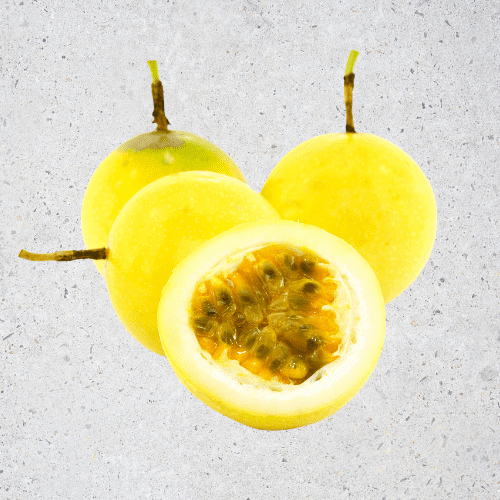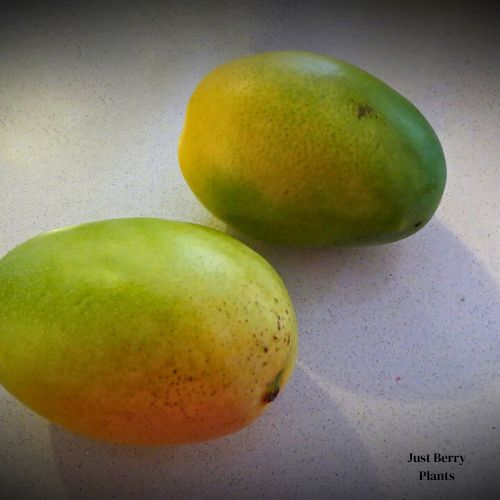Position
Plant your tropical fruit tree in full sun and allow plenty of space around it to allow it to spread (at least 8 metres). Because this is a larger tree, growing it in a pot isn’t recommended long term. The fruits attract birds, which are always welcome additions to the garden.
Size
The Alphonso mango tree reaches a height of about 4 metres with a spread of 4 metres, making it easy to maintain.
Soil Type
This tree thrives in well-draining, sandy soil rich in organic matter. The soil should be deep enough to allow the roots to grow and extend. These mangoes perform best in soils with a pH of 5.5 and 7.5.
Mulch
Good organic mulch helps to keep weeds in control and to help the soil to retain moisture. Use pine bark mulch liberally around the tree’s base, carefully keeping about 20cm away from its trunk. If mulch is applied right up to the trunk, it can cause water to accumulate there and the tree will eventually rot.
Watering
Alphonso mangoes require a moderate amount of watering, especially during the period from when the first flower buds appear to when they have fruited. Water the trees deeply to saturate the long taproot. Allow the soil surface to dry out to about 10cm before watering again. Withhold irrigation for two months before flowering and continue watering as soon as fruits begin to form.
Fertilising
Just before flowering, use a rapid-release nitrogen fertilizer to boost the health and abundance of fruit and flowers/dig in some aged manure if available. Use our slow-release nitrogen-rich all plant fertiliser Apply 1 teaspoon every 4-5 months. The roots will absorb what they required.
Pruning
Trim diseased limbs or dead branches off the tree, and keep the canopy open (not cluttered with branches). When the tree reaches an appropriate size, you can prune it once or twice a year to keep it at a more manageable height.
Harvesting
Mangoes are ready to harvest once they have changed from green to mainly yellow in colour. Once it reaches the desired colour, you can gently tug to remove it from the tree.








